You can set the whatsThis property to any widget you want:
self.someWidget.setWhatsThis('hello!')
From that point on, whenever you click on the "?" button and then click on that widget, a tooltip with that text will be shown.
Since the "what's this" mode is individually set to widgets, there's no easy way to capture it globally (as far as I know of) because if the widget has no whatsthis property set that feature won't be available for it.
Also, whenever you enter the "what's this" mode, the cursor will probably change according to the contents of the whatsthis property: if it's not set, the cursor will probably show a "disabled" icon.
I've created a basic workaround for this issue, which automatically enables any child widget's whatsthis (if none is already set) whenever the mode is activated: as soon as the EnterWhatsThisMode is fired, it automatically installs a custom object that acts as an event filter, and emits a signal if the whatsthis event is called; as soon as the mode exits, the filter is removed.
I used a separate object for the event filter because there's no way to know what event filter have been already installed to a widget, and if you already installed the parent's one, removing it automatically would be an issue.
class WhatsThisWatcher(QtCore.QObject):
whatsThisRequest = QtCore.pyqtSignal(QtWidgets.QWidget)
def eventFilter(self, source, event):
if event.type() == QtCore.QEvent.WhatsThis:
self.whatsThisRequest.emit(source)
return super(WhatsThisWatcher, self).eventFilter(source, event)
class W(QtWidgets.QWidget):
def __init__(self):
QtWidgets.QWidget.__init__(self)
layout = QtWidgets.QVBoxLayout(self)
hasWhatsThisButton = QtWidgets.QPushButton('Has whatsThis')
layout.addWidget(hasWhatsThisButton)
hasWhatsThisButton.setWhatsThis('I am a button!')
noWhatsThisButton = QtWidgets.QPushButton('No whatsThis')
layout.addWidget(noWhatsThisButton)
self.whatsThisWatchedWidgets = []
self.whatsThisWatcher = WhatsThisWatcher()
self.whatsThisWatcher.whatsThisRequest.connect(self.showCustomWhatsThis)
whatsThisButton = QtWidgets.QPushButton('Set "What\'s this" mode')
layout.addWidget(whatsThisButton)
whatsThisButton.clicked.connect(QtWidgets.QWhatsThis.enterWhatsThisMode)
def event(self, event):
if event.type() == QtCore.QEvent.EnterWhatsThisMode:
for widget in self.findChildren(QtWidgets.QWidget):
if not widget.whatsThis():
# install the custom filter
widget.installEventFilter(self.whatsThisWatcher)
# set an arbitrary string to ensure that the "whatsThis" is
# enabled and the cursor is correctly set
widget.setWhatsThis('whatever')
self.whatsThisWatchedWidgets.append(widget)
elif event.type() == QtCore.QEvent.LeaveWhatsThisMode:
while self.whatsThisWatchedWidgets:
widget = self.whatsThisWatchedWidgets.pop()
# reset the whatsThis string to none and uninstall the filter
widget.setWhatsThis('')
widget.removeEventFilter(self.whatsThisWatcher)
return super(W, self).event(event)
def showCustomWhatsThis(self, widget):
widgetPos = widget.mapTo(self, QtCore.QPoint())
QtWidgets.QWhatsThis.showText(
QtGui.QCursor.pos(),
'There is no "what\'s this" for {} widget at coords {}, {}'.format(
widget.__class__.__name__, widgetPos.x(), widgetPos.y()),
widget)
A couple of notes about this:
- I used a button to activate the whatsthis mode, as on my window manager on Linux there's no window title button for that;
- Some widgets may contain subwidgets, and you'll get those instead of the "main" one (the most common case are QAbstractScrollArea descendands, like QTextEdit or QGraphicsView, which might return the viewport, the inner "widget" or the scrollbars);
